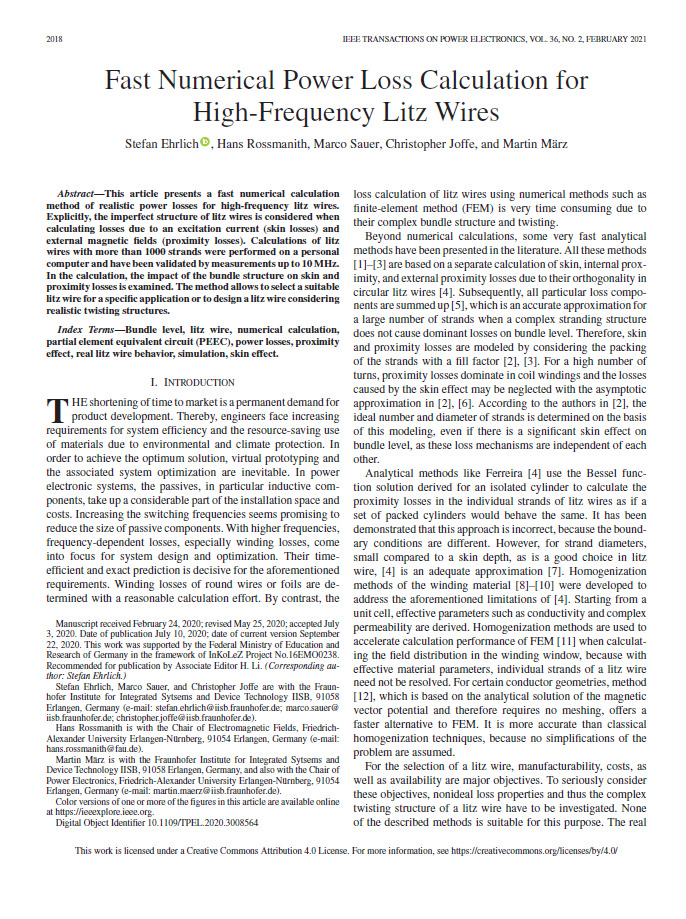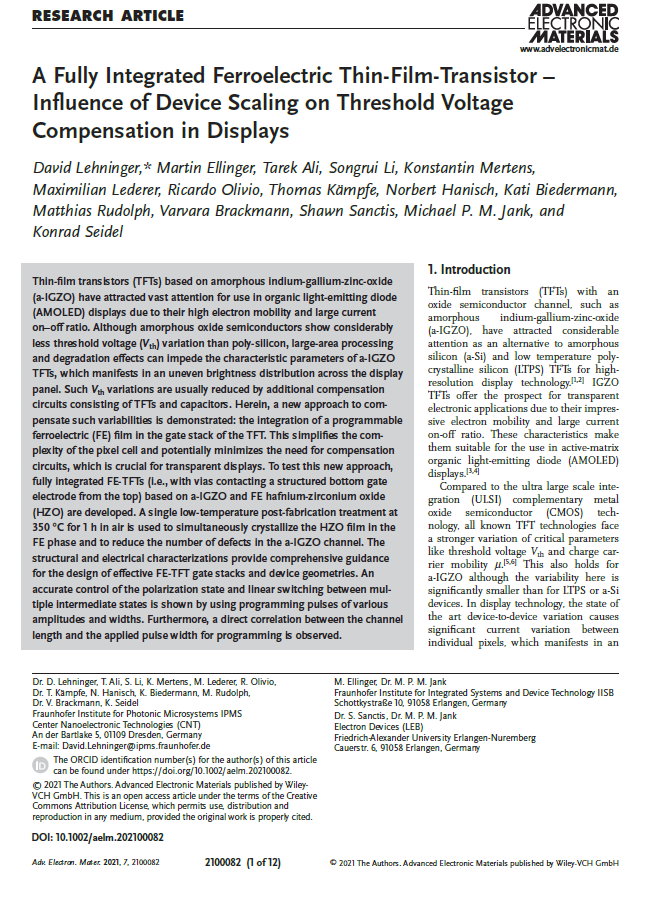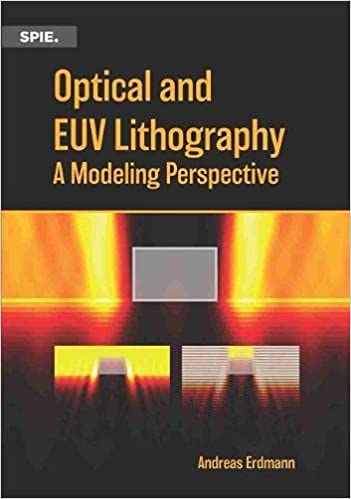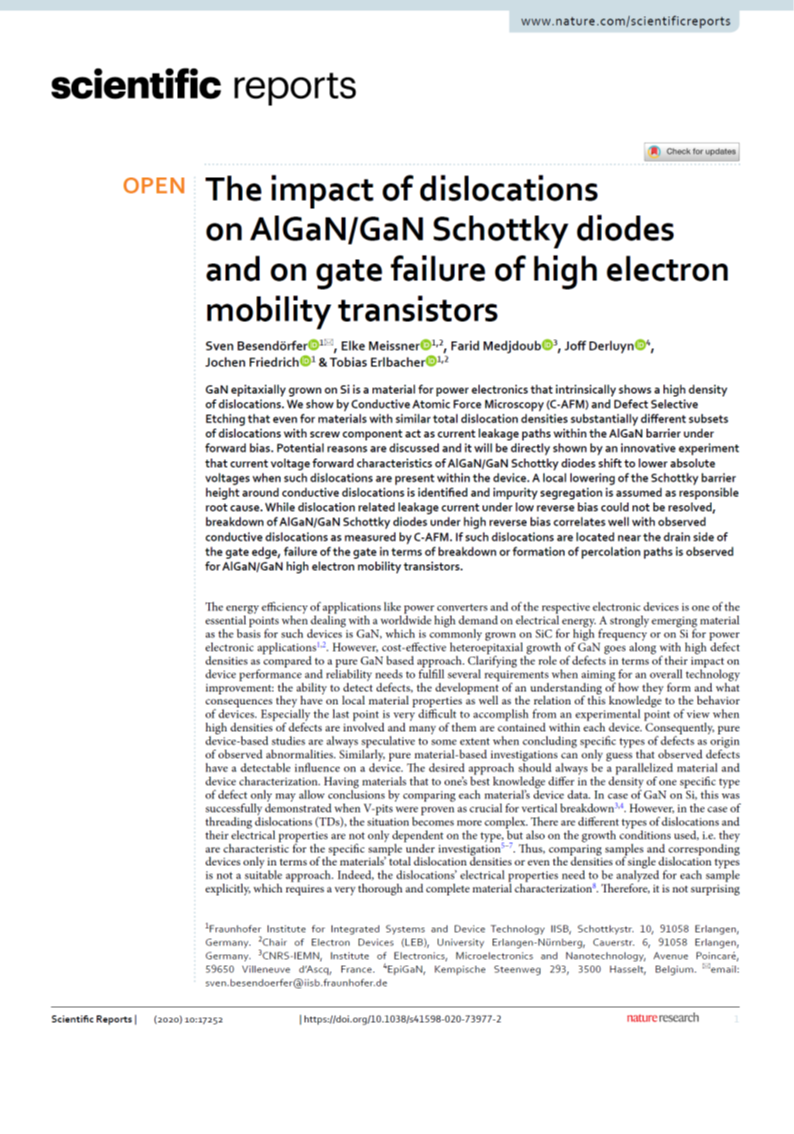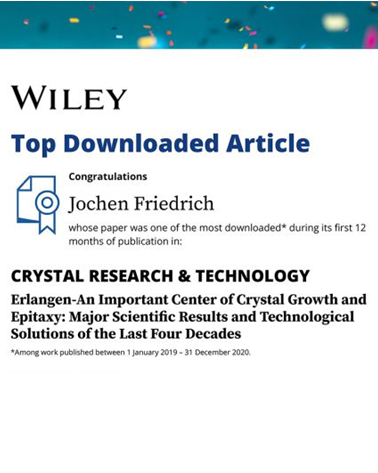C. Kranert, C. Reimann, S. Kobayashi, Y. Ueji, K. Shimamoto, K. Omote
Scrutinising SiC with X-ray Topography
Cover Article of Compound Semiconductor, Volume 29, Issue 2, 2023
X-ray topography (XRT), already on the cusp of revolutionising the quantification of dislocations in SiC wafers, is now available in a high-throughput form that accelerates progress. The article describes how lab-scale XRT allows engineers to visualise single dislocations, thus making it possible to quantify them. More info
 Fraunhofer-Institut für Integrierte Systeme und Bauelementetechnologie IISB
Fraunhofer-Institut für Integrierte Systeme und Bauelementetechnologie IISB